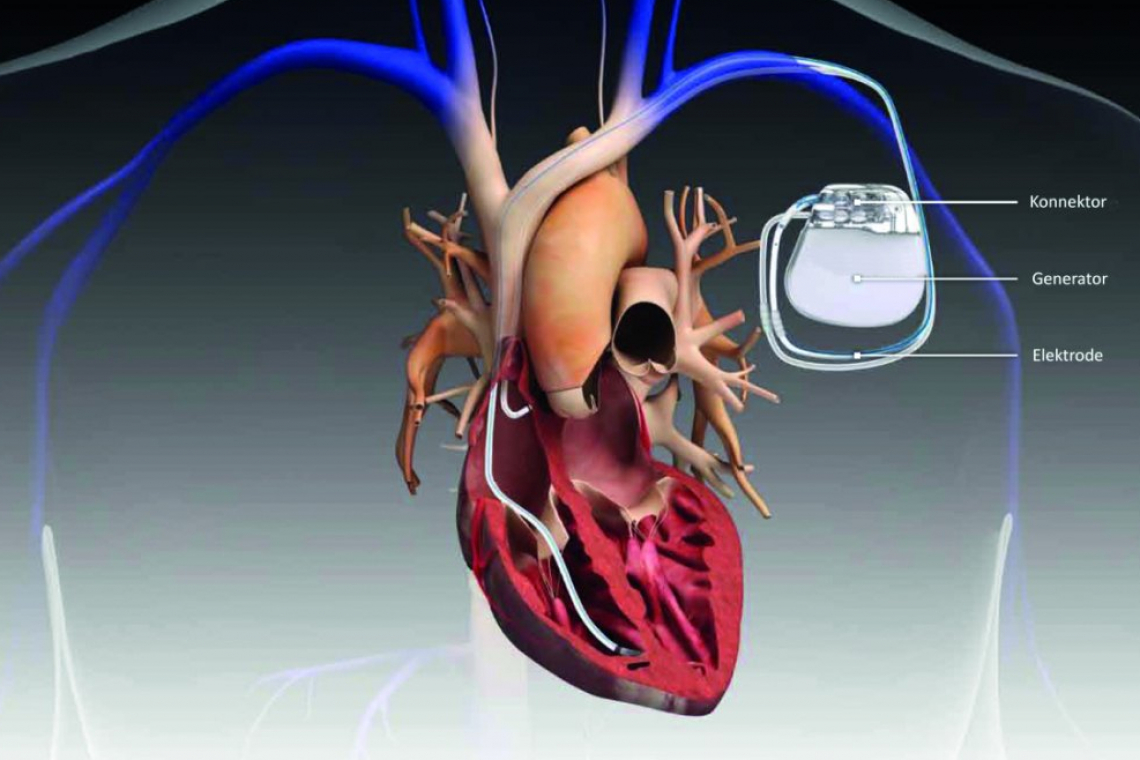Engineers at the University of Arizona [1] have developed a new type of pacemaker that wraps around the heart like the petals of a flower, does not cause pain when correcting irregularities and does not require a battery. Stimulation takes place with the help of light instead of electric shocks, whereby it is possible to address specific areas.
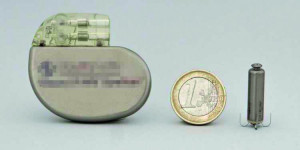 Fig. 2: Conventional pacemaker module (left) compared in size with a wireless pacemaker capsule in 2015 (Image: Ulm University Hospital)At the University of Arizona, engineers have developed a new type of pacemaker. It wraps the heart like the petals of a flower, causes no pain when it takes corrective action due to irregularities, and no battery is needed. Stimulation is by light rather than electric shocks, with the ability to target specific areas.
Fig. 2: Conventional pacemaker module (left) compared in size with a wireless pacemaker capsule in 2015 (Image: Ulm University Hospital)At the University of Arizona, engineers have developed a new type of pacemaker. It wraps the heart like the petals of a flower, causes no pain when it takes corrective action due to irregularities, and no battery is needed. Stimulation is by light rather than electric shocks, with the ability to target specific areas.
After many years of technical improvement, pacemakers are now safe and well-functioning systems that have virtually eliminated the need for chronic drug treatment of slow cardiac arrhythmias. The miniaturized device consists of the battery-operated pulse generator (base module, unit) and the single- or two-wire electrode (probe) that connects the pulse generator to the ventricle. The electrode conducts electrical impulses to the heart and signals from the heart back to the pulse generator. This controls the performance of the pacemaker. The base module contains a lithium-iodine or lithium-carbon monofluoride battery for the power supply and the electronics for controlling the functions in a common housing.
In conventional pacemakers, the base module with the computer unit is surgically sewn into the chest wall pocket and a cable sends the necessary electrical impulses to a probe in the heart wall(Fig. 1). The stimulation can be quite painful. To date, pacemakers can only be used to treat a few specific types of disease.
With newer, much smaller wireless pacemakers, the module is inserted into the ventricle via the groin in a minimally invasive procedure and anchored in the heart wall with tiny titanium arms. Neither major surgery nor the laying of pacemaker cables is necessary. Figure 2 shows that wireless devices are significantly smaller than the classic probe-based devices. However, this method is particularly suitable for patients in whom only one ventricle needs to be stimulated. The mechanism of action of these pacemakers is still limited and a permanent power supply via a built-in battery is necessary.
Atrial fibrillation - a widespread disease
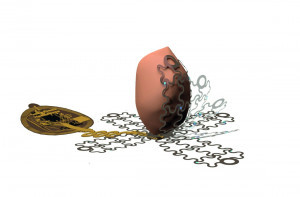 Fig. 3: Symbolic representation of the use of the new pacemaker at the University of Arizona Just as in traditional electronic device manufacturing, medical electronics are subject to constant further development in terms of both their functionality and design. The great importance of the further development of pacemakers in particular is illustrated by the fact that, according to [2], more than 454,000 hospital admissions and almost 160,000 deaths are recorded each year in the United States due to cardiac abnormalities such as atrial fibrillation. Worldwide, it is estimated that around 60 million people are affected by the condition. Atrial fibrillation is a form of irregular heartbeat or arrhythmia. Work on the further development of pacemakers is therefore at the forefront of international research.
Fig. 3: Symbolic representation of the use of the new pacemaker at the University of Arizona Just as in traditional electronic device manufacturing, medical electronics are subject to constant further development in terms of both their functionality and design. The great importance of the further development of pacemakers in particular is illustrated by the fact that, according to [2], more than 454,000 hospital admissions and almost 160,000 deaths are recorded each year in the United States due to cardiac abnormalities such as atrial fibrillation. Worldwide, it is estimated that around 60 million people are affected by the condition. Atrial fibrillation is a form of irregular heartbeat or arrhythmia. Work on the further development of pacemakers is therefore at the forefront of international research.
An interesting example of research in this area is the new type of pacemaker developed by engineers and scientists at the University of Arizona (USA) [1]. It partially encases the heart and enables precise targeting of specific areas to bypass pain receptors and reduce patient discomfort. Figure 3 symbolically shows how the new pacemaker can wrap around the heart with foils. It is wire- and battery-free and could be implanted using a less invasive procedure than is currently possible, thus causing less pain to patients from this perspective too.
Revolutionary new solution
In an article published in Science Advances on October 26, 2022, a team of researchers from the Gutruf lab describe the results obtained under the leadership of Philipp Gutruf, Assistant Professor of Biomedical Engineering and Craig M. Berge Faculty Fellow [3]. The publication provides information on animal studies and the design of the investigated pacemaker solution(Fig. 4). It states: "Currently available pacemakers work by implanting one or two leads or contact points with hooks or screws into the heart. When the sensors on these electrodes detect a dangerous irregularity, they send an electrical shock through the heart to reset the beat. "All the cells inside the heart are hit at the same time, including the pain receptors, and this makes pacing or defibrillation painful," explained Professor Gutruf(Fig. 5). "It affects the heart muscle as a whole."
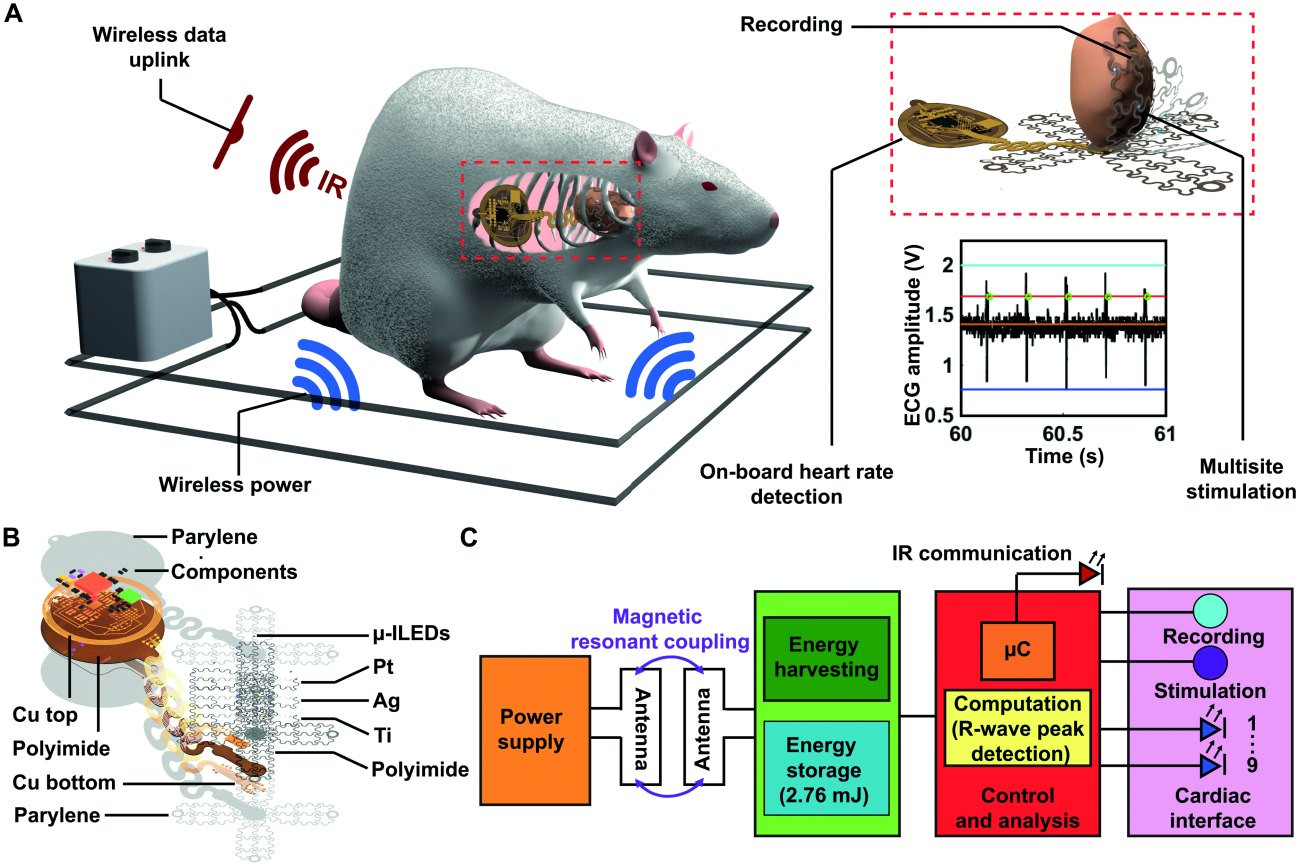 Fig. 4: Information on animal experiments and the design of the new pacemaker
Fig. 4: Information on animal experiments and the design of the new pacemaker
 Fig. 5: Philipp Gutruf, Assistant Professor of Biomedical Engineering at the University of Arizona The device developed by Gutruf's team, which has not yet been tested on humans, would allow pacemakers to send much more targeted signals using a new digitally fabricated mesh design that encompasses the entire heart. The device uses light and a technique called optogenetics.
Fig. 5: Philipp Gutruf, Assistant Professor of Biomedical Engineering at the University of Arizona The device developed by Gutruf's team, which has not yet been tested on humans, would allow pacemakers to send much more targeted signals using a new digitally fabricated mesh design that encompasses the entire heart. The device uses light and a technique called optogenetics.
Optogenetics modifies light-sensitive cells, usually neurons, and then uses light to influence the behavior of these cells. This technique targets only cardiomyocytes, the cells of the muscle that trigger contraction and make the heart beat. The researchers believe that this precision will not only reduce pain in pacemaker patients by bypassing the heart's pain receptors, but also allow the pacemaker to respond more appropriately to different types of irregularities. For example, in atrial fibrillation, the upper and lower chambers of the heart beat asynchronously, and the job of a pacemaker is to bring the two parts back into sync.
"Whereas currently we have to shock the whole heart, these new devices can target much more precisely, making defibrillation both more effective and less painful," added Igor Efimov, professor of biomedical engineering and medicine at Northwestern University, where the devices have been tested in the lab. "This technology could make life easier for patients around the world while helping scientists and physicians learn more about monitoring and treating the disease."
Flexible network surrounds the heart
To ensure that the light signals can reach many different parts of the heart, the team developed a mesh-like design that encircles the organ instead of implanting leads that provide limited contact points(Fig. 6).
The new pacemaker model consists of four petal-like structures made of thin, flexible foil that contain light sources and a recording electrode. The blue light is provided by micro-LEDs that draw their power from a thermoelectric generator that uses body heat to generate electricity.
The petals, specially designed to account for the way the heart changes shape as it beats, fold around the sides of the organ to envelop it, like a flower closing at night(Fig. 3).
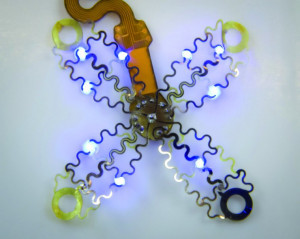 Fig. 6: The four flower-like mesh structures of the pacemaker"Current pacemakers basically record a simple threshold, and they communicate, 'This is going into arrhythmia, now shock,'" Gutruf said. "But this device has a computer on board where you can input different algorithms that allow you to pace in a more sophisticated way. It's made for research."
Fig. 6: The four flower-like mesh structures of the pacemaker"Current pacemakers basically record a simple threshold, and they communicate, 'This is going into arrhythmia, now shock,'" Gutruf said. "But this device has a computer on board where you can input different algorithms that allow you to pace in a more sophisticated way. It's made for research."
Because the system uses light instead of electrical signals to influence the heart, the device can continue to record information even if the pacemaker needs to defibrillate. With current pacemakers, the electrical signal from defibrillation can interfere with recording capabilities, giving doctors an incomplete picture of cardiac episodes. In addition, the device does not require a battery, which could save pacemaker patients from having to replace the battery in their device every five to seven years, which is currently standard practice.
Top university
The University of Arizona is one of the top 100 universities in the world with the most US patents granted for inventions in 2021. In addition to medical technology, it is heavily involved in technology for space research. The university was ranked 28th in 2020 according to the Worldwide Universities Granted U.S. Utility Patents survey, compiled by the National Academy of Inventors and the Intellectual Property Owners Association. From January 1 to December 31, 2021, the university was granted 86 patents, five more than in 2020, which indicates a highly focused and successful research effort.
The University of California and the Massachusetts Institute of Technology ranked first and second in the top 100 in 2021. King Abdulaziz University of Saudi Arabia took fourth place. China's Tsinghua University made it to 9th place, while the City University of Hong Kong and the (South) Korea University Research and Business Foundation were in 29th place. In addition to the US academic institutions, which naturally dominate the top 100 by far, a large number of universities from China and Japan were also represented. Unfortunately, German universities were completely absent from the 2021 overview [3].
The Gutruf team collaborated with researchers from Northwestern University on the project. While the current version of the device has been successfully demonstrated in animal models, the researchers are looking forward to continuing their work, which could improve the quality of life for millions of people.
References
[1] The University of Arizona is among the top 100 universities worldwide with the most US patents granted for inventions in 2021. In addition to medical technology, it is heavily involved in technology for space research
[2] https://news.arizona.edu/story/battery-free-light-powered-pacemaker-may-improve-quality-life-heart-disease-patients
[3] www.science.org/doi/10.1126/sciadv.abq7469

